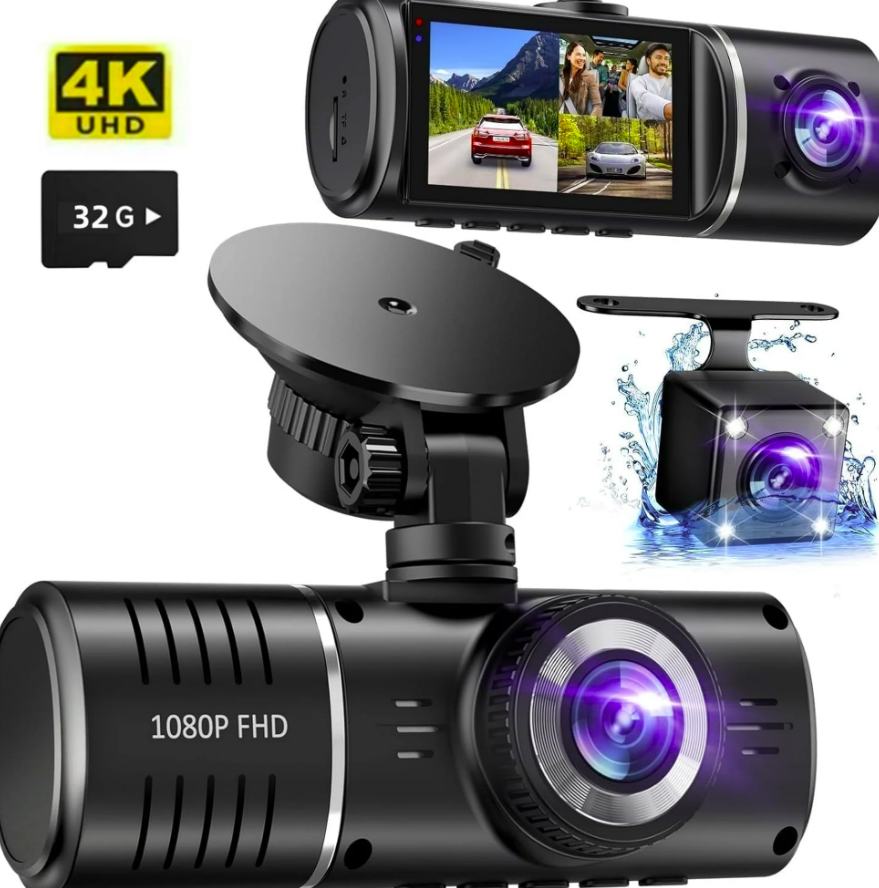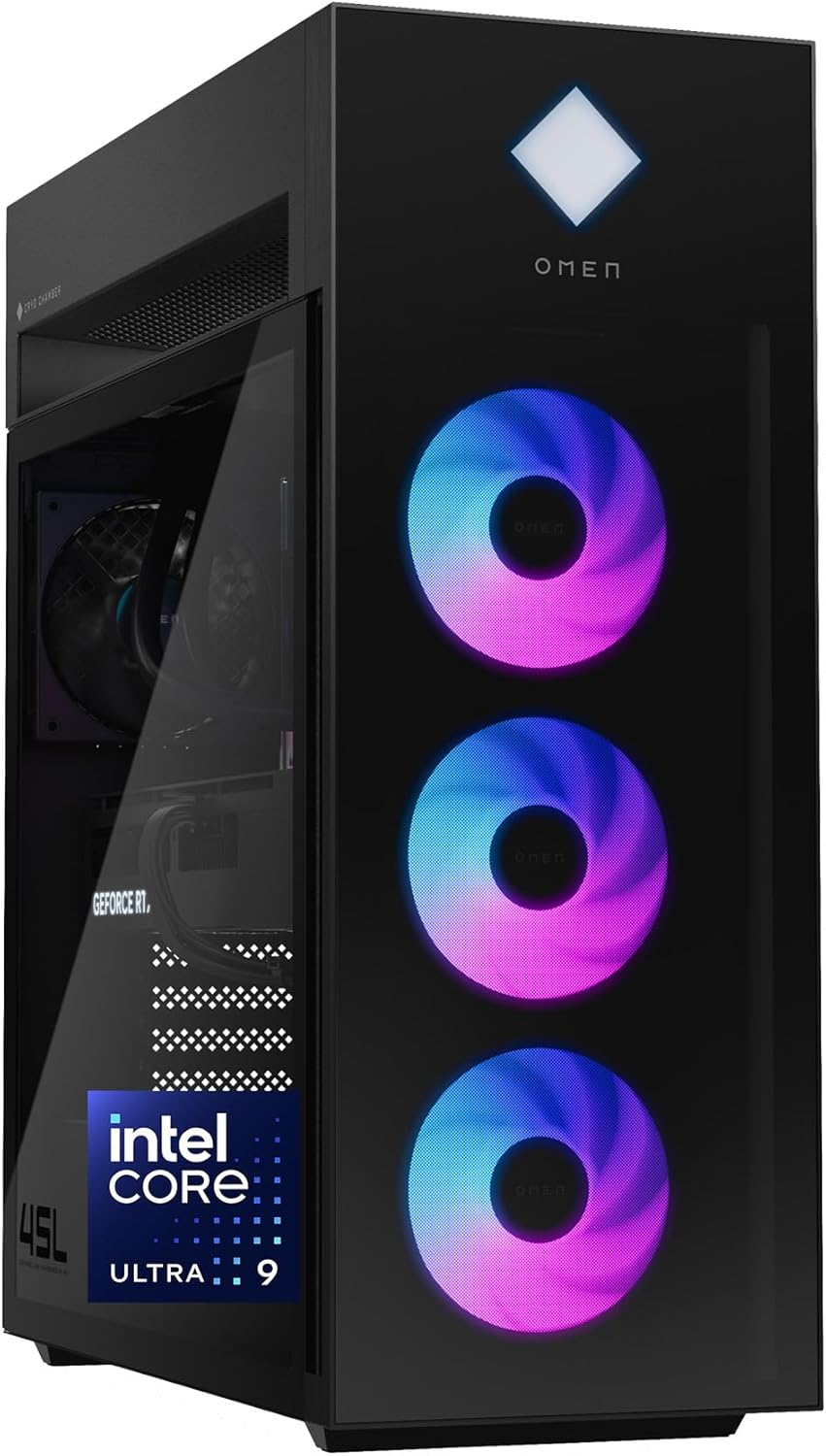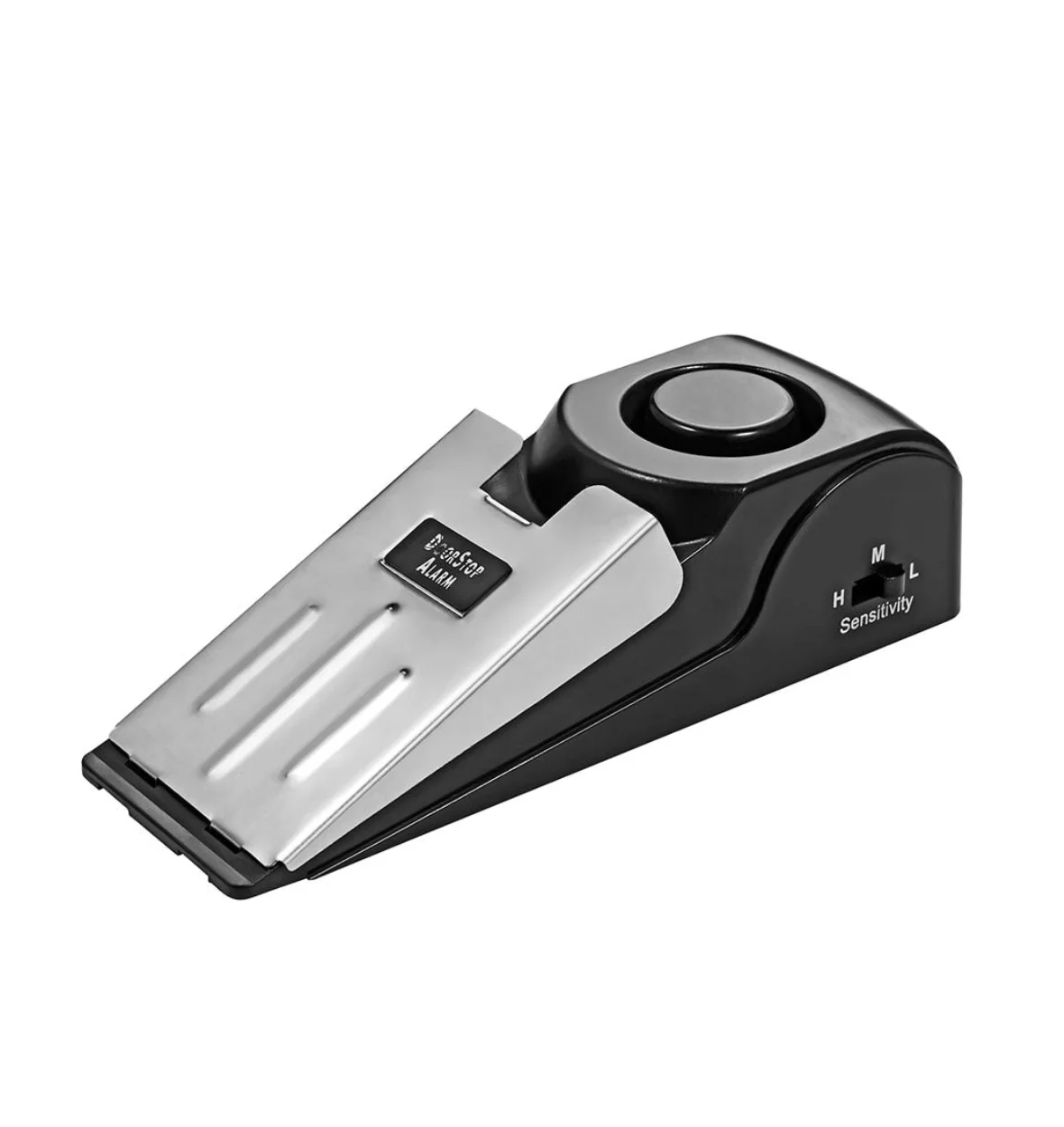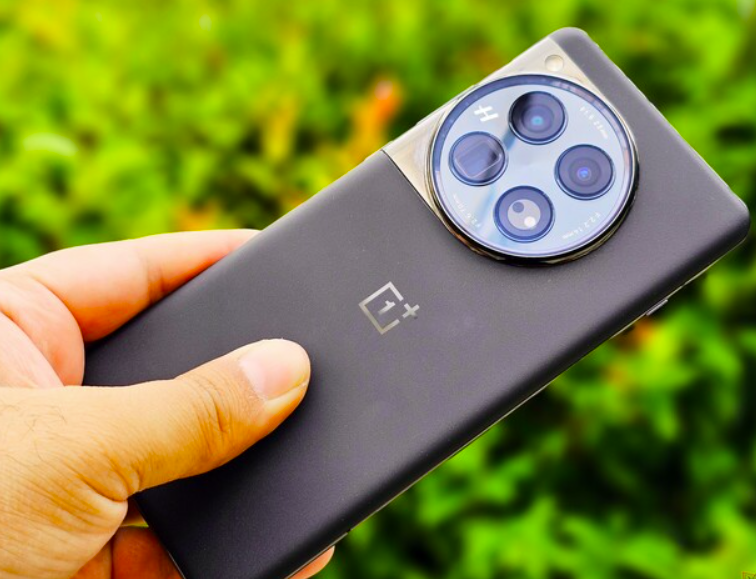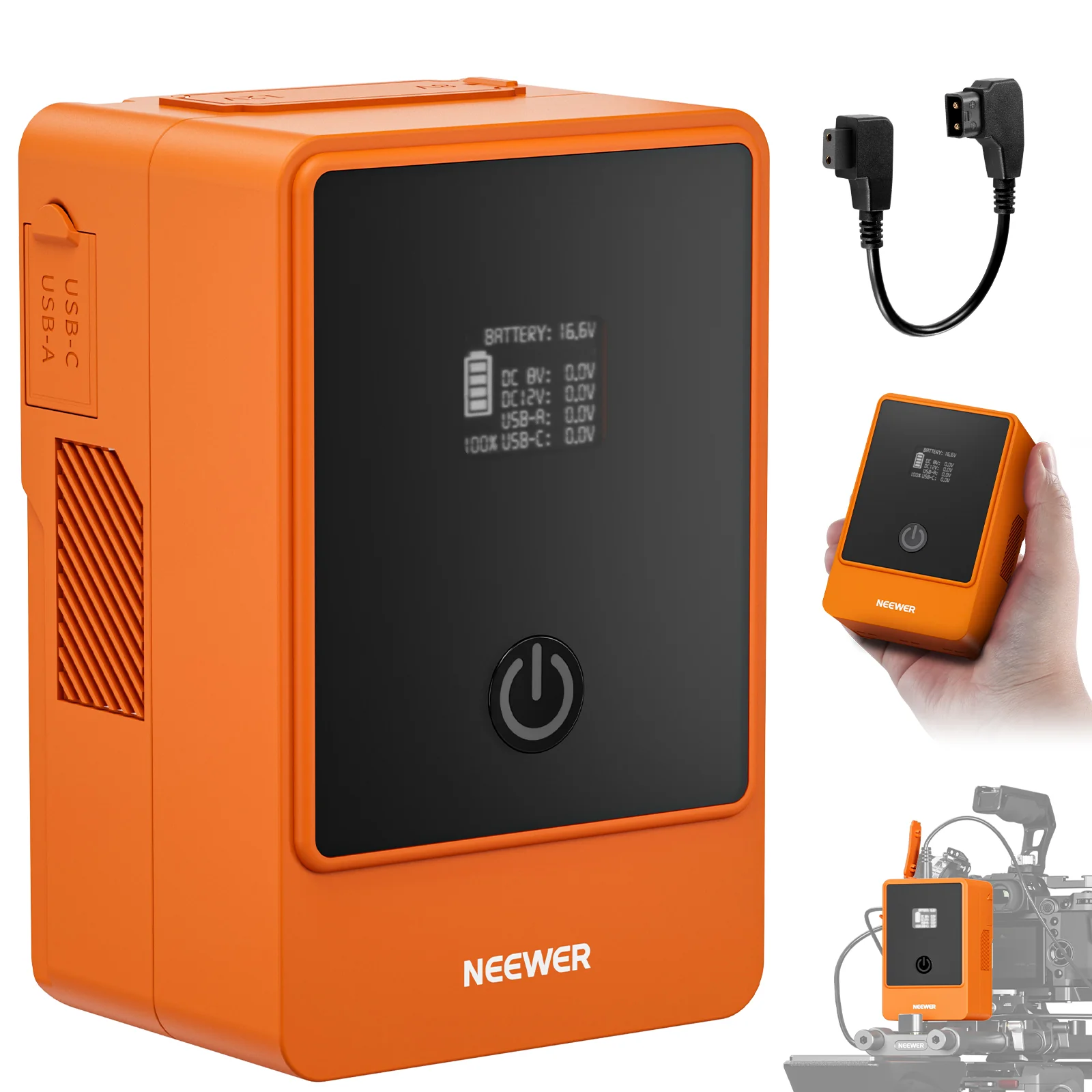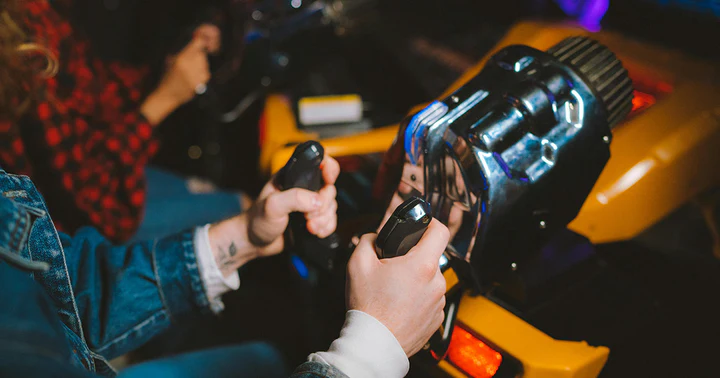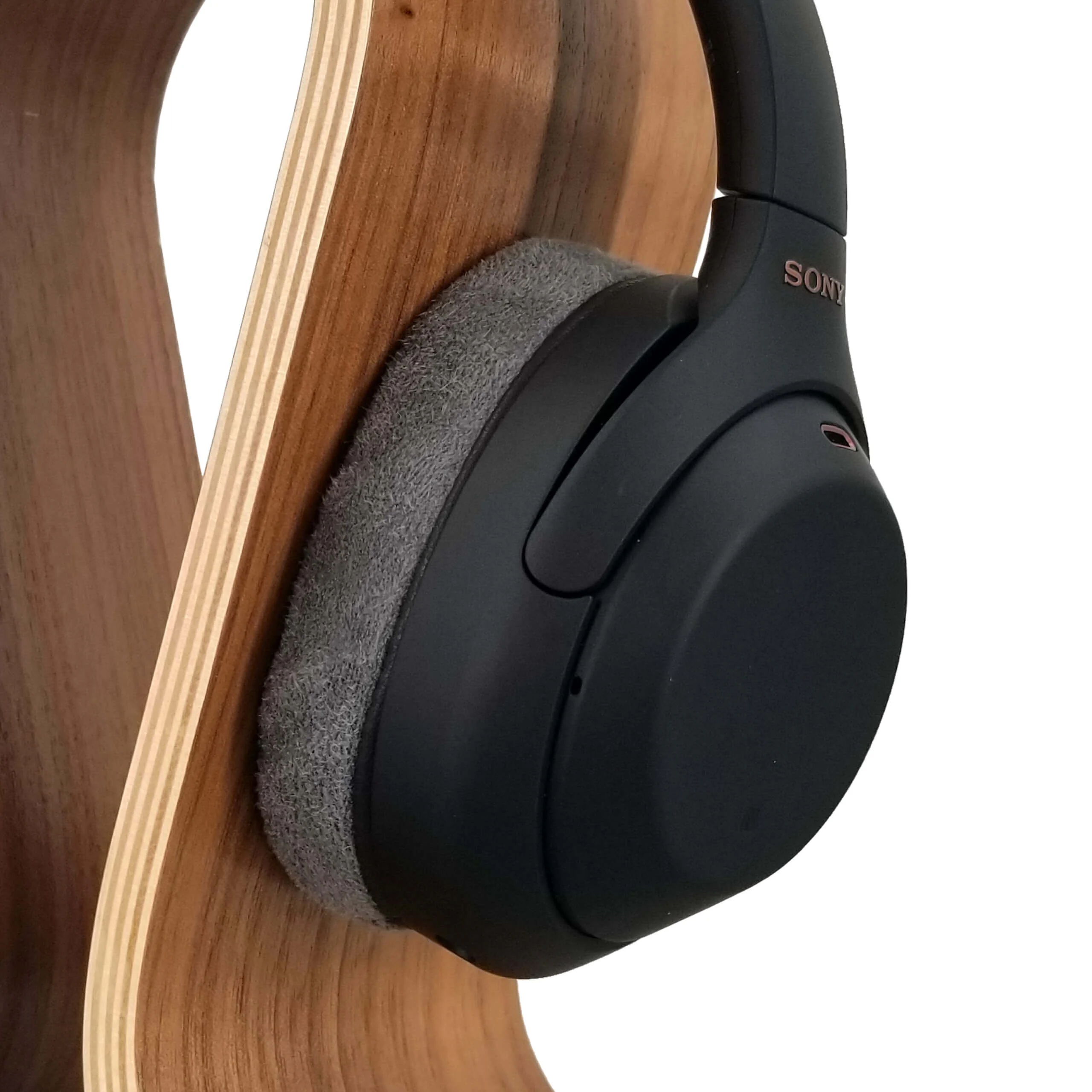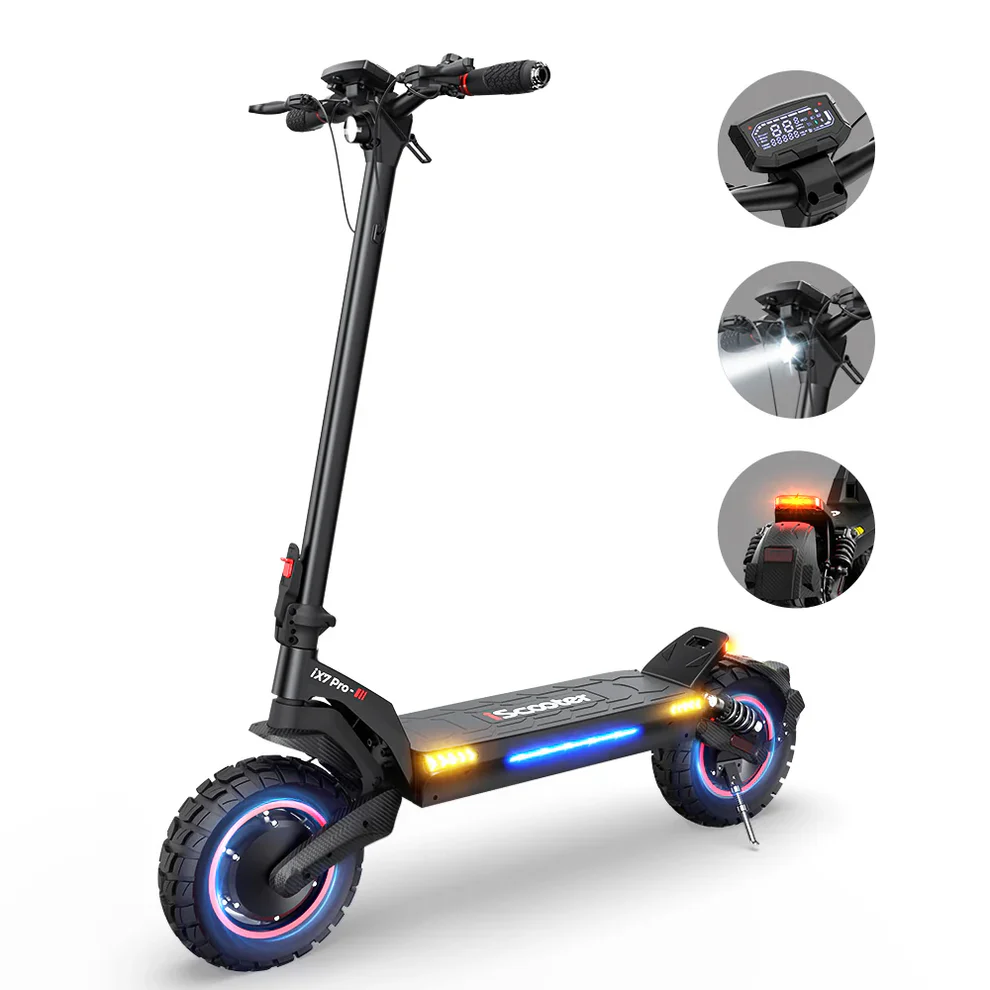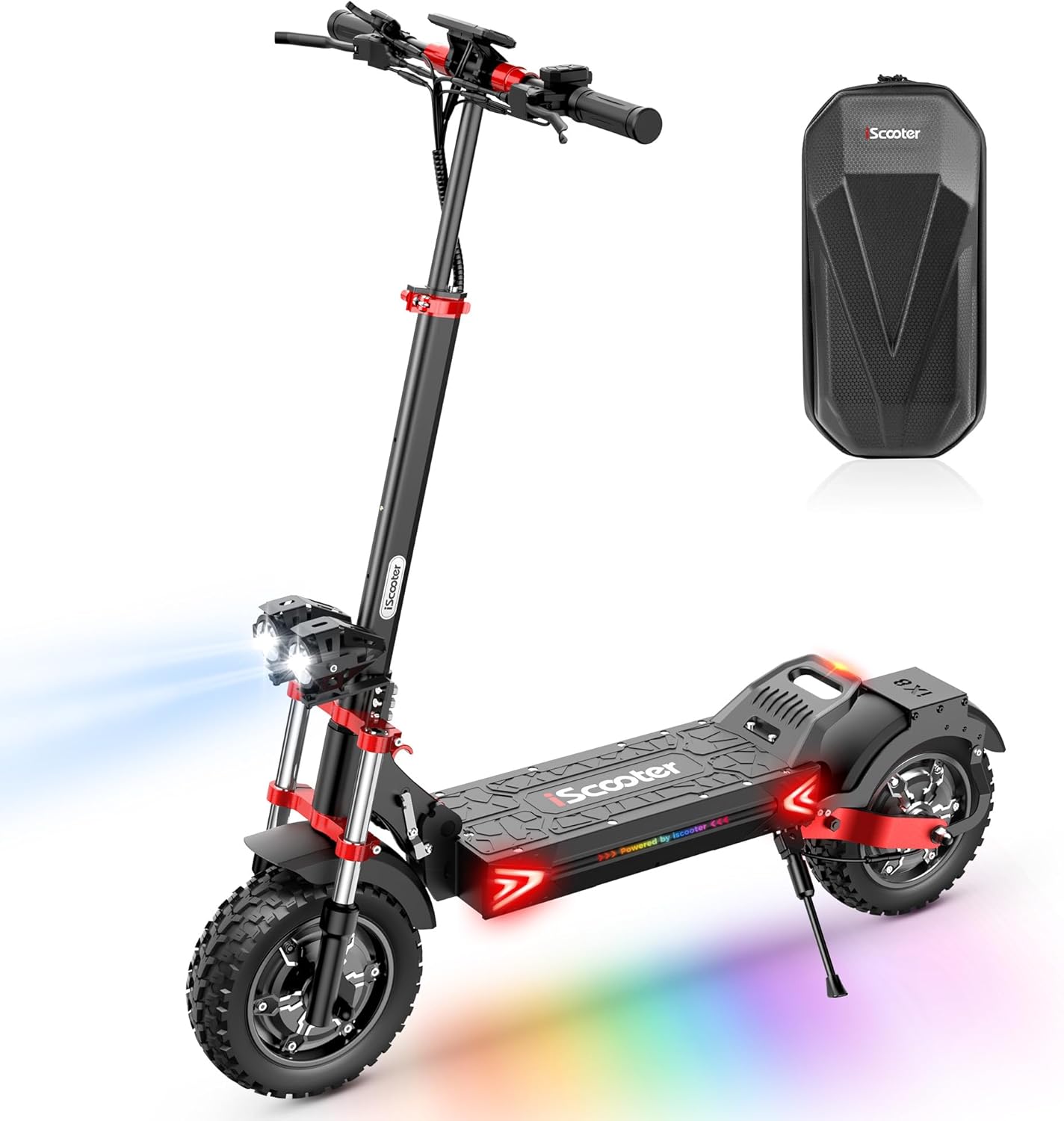We live in a world that moves fast—emails before breakfast, Zoom calls by lunch, and workouts squeezed in somewhere between. It’s no surprise many of us feel out of sync with our bodies. We try to eat well, exercise, sleep enough—but how do we know if it’s working? That’s where smart wellness tracking enters the scene.
In this article, we’ll explore how understanding your body’s signals can help you build better daily habits, why sleep, recovery, and stress tracking matter more than ever—and how tools like the Oura Ring 4 are changing the way we think about personal health data.
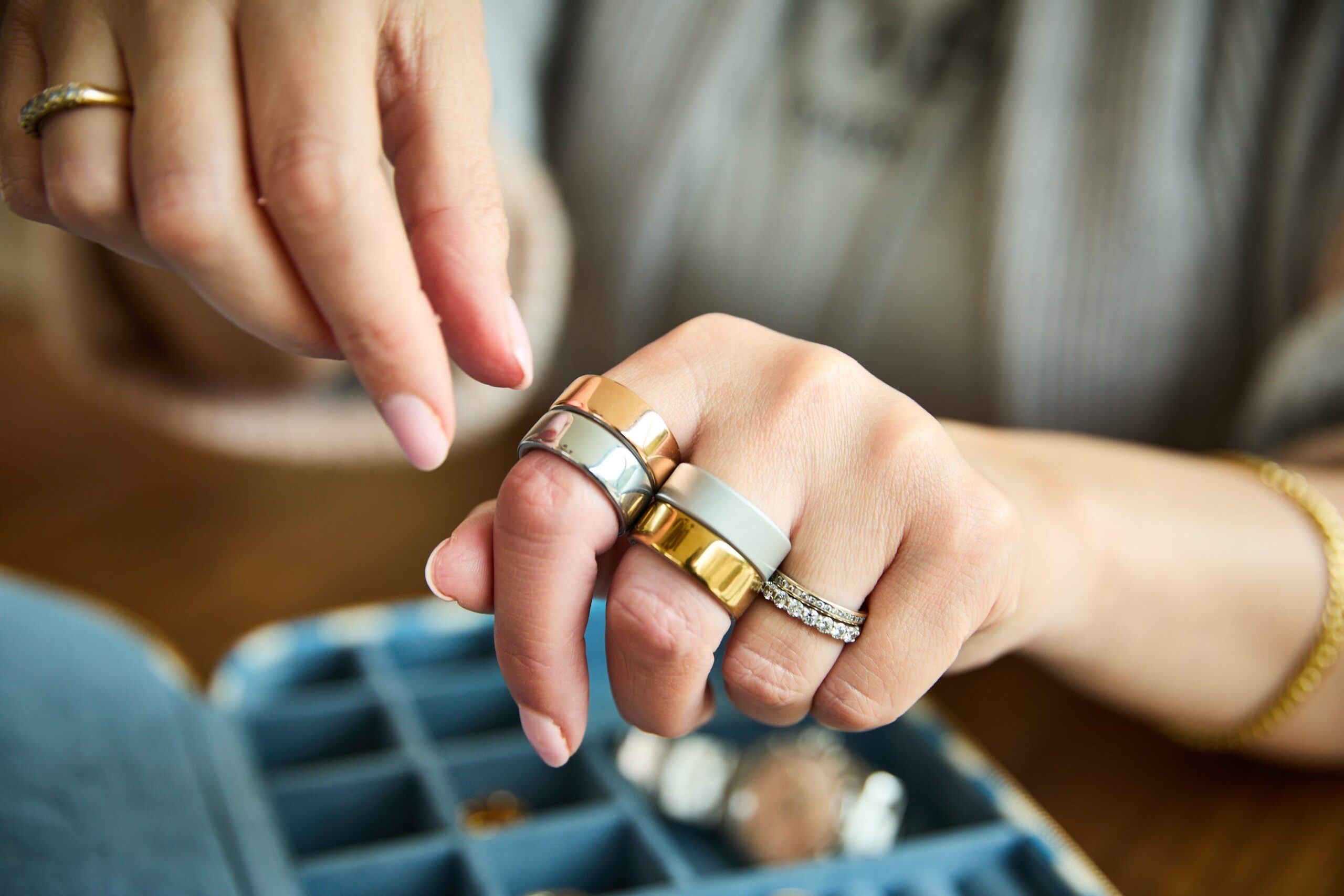
Why Listening to Your Body Isn’t Always Easy
Our bodies are always talking—we just don’t always know how to listen. Fatigue, low motivation, interrupted sleep: these are signals, but in the noise of everyday life, they’re easy to ignore. Traditional health tracking has relied on basic data: steps, calories, heart rate. But what about sleep cycles, recovery, or readiness to perform?
That’s where modern wearables offer a new kind of insight.
The Role of Insightful Data in Daily Habits
Making smart decisions—whether it’s skipping an intense workout or going to bed earlier—starts with good information. But raw data alone isn’t enough. What we need is context: not just how many hours we slept, but how restorative it was. Not just how far we walked, but how ready our body is for another push.
One device offering this level of insight, without being intrusive, is the Oura Ring 4. While it might look like a simple ring, it’s packed with advanced sensors that track sleep stages, heart rate variability (HRV), temperature shifts, and overall readiness. The result? It doesn’t just tell you what you did—it helps you understand what to do next.

Small Decisions That Add Up
Building better health doesn’t require an overhaul. In fact, it’s the micro-decisions—the extra glass of water, the walk instead of the ride, the early bedtime—that accumulate into meaningful change.
When you start seeing how your body responds to those choices—say, via an elevated Readiness Score or improved sleep consistency—you’re more likely to stick with them. The Oura Ring 4 quietly supports this feedback loop, helping users develop healthier routines without constant input or screen time.
A Lifestyle Tool, Not Just a Gadget
What makes a habit stick? Simplicity and consistency. The same goes for wearables. The best one is the one you’ll actually wear. And the Oura Ring 4—sleek, screenless, lightweight—fits seamlessly into any routine.
It doesn’t vibrate, buzz, or shout for attention. It just works—logging your sleep, heart rate, activity, and even stress indicators in the background. It then syncs to an app that translates that data into actionable insights, whether it’s telling you to push forward or pull back.
Real-Life Applications: From Data to Daily Wins
One of the most valuable things about modern health tech isn’t just the numbers—it’s how those numbers guide your behavior. For instance, many users report shifting their workout times based on recovery signals, or recognizing patterns in stress and sleep that help them optimize their routines.
Let’s say your Oura Ring shows a dip in your HRV and temperature increase—subtle cues you might not notice otherwise. That’s your body saying, “Take it easy today.” Instead of pushing through a high-intensity workout, maybe it’s the perfect moment to opt for a walk or meditation instead.
This kind of real-time, personalized feedback creates a virtuous cycle. You begin to trust the signals, adjust accordingly, and see better results—not just physically, but mentally too.
When Tech Helps You Unplug
Ironically, the right tech can actually help you disconnect. By making your health data accessible but not overwhelming, you spend less time doom-scrolling metrics and more time living your life. The Oura Ring 4 does just that—offering clarity without overcomplication.
Whether you’re a busy professional trying to avoid burnout, a parent aiming for more restorative sleep, or just someone curious about your health patterns, the ring fits into your life—not the other way around.
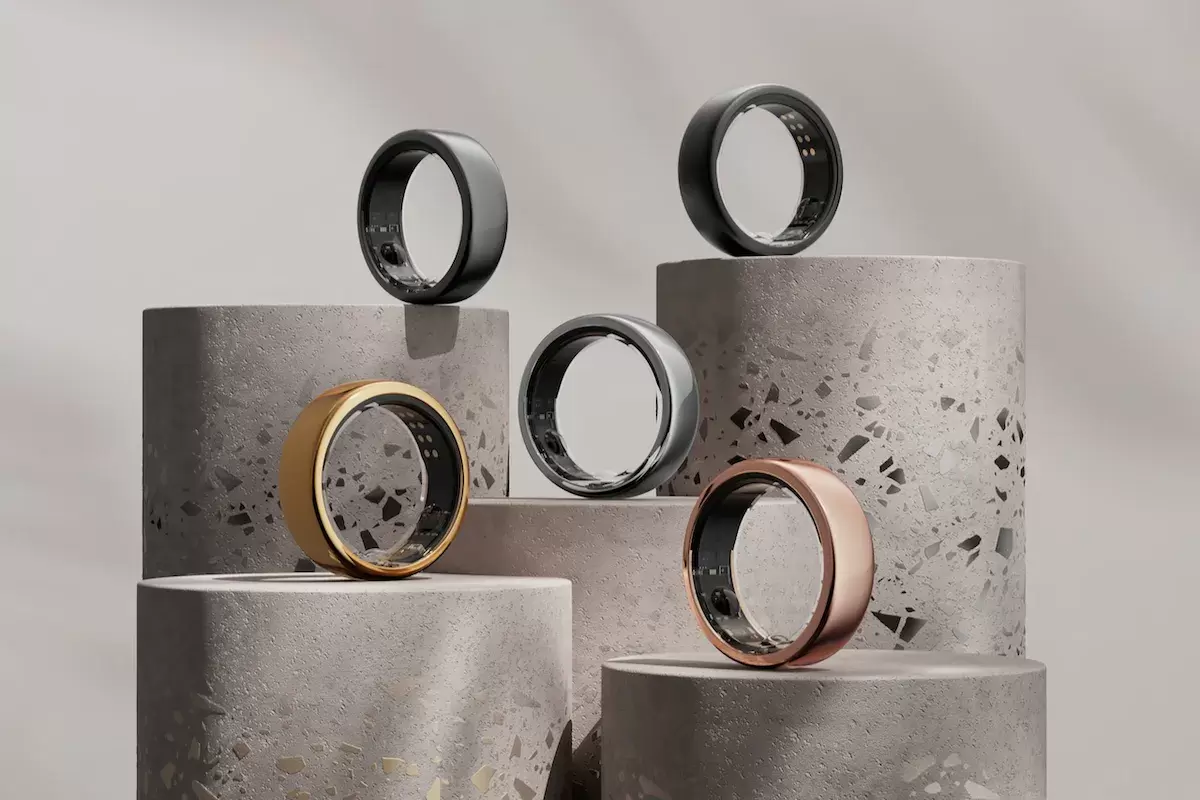
Final Takeaway: Turning Awareness Into Action
Health isn’t about perfect routines—it’s about intentional ones. And while our bodies are incredibly adaptive, they thrive on rhythm, recovery, and real rest. Tracking that doesn’t need to be stressful. In fact, it can feel empowering.
With tools like the Oura Ring 4, small improvements become measurable, and wellness becomes something you feel, not just something you chase. If you’re looking to build habits that last, start by understanding your body a little better.
FAQ
-
Can I wear the Oura Ring all day and night?
Absolutely. It’s designed to be worn 24/7—even in the shower or while sleeping. -
Is it compatible with iPhone and Android?
Yes. The Oura app works seamlessly on both platforms. -
How accurate is it compared to a smartwatch?
While it doesn’t have a screen, its sensors are highly accurate, especially for sleep and recovery tracking. -
Do I need a subscription?
Yes. To unlock advanced insights and daily scores, a monthly subscription is required after the first month. -
How do I charge it?
It comes with a compact wireless charging dock. A full charge takes about 20–80 minutes. -
Can I use it for workouts?
It tracks movement, heart rate, and recovery—but it’s not designed for real-time coaching like some fitness watches. -
What sizes does it come in?
Oura offers a free sizing kit so you can find the perfect fit before ordering. -
Is it safe for sensitive skin?
Yes. The ring is hypoallergenic and made from medical-grade materials. -
Can it detect illness?
It can help identify early signs through changes in temperature, heart rate, and sleep patterns.



